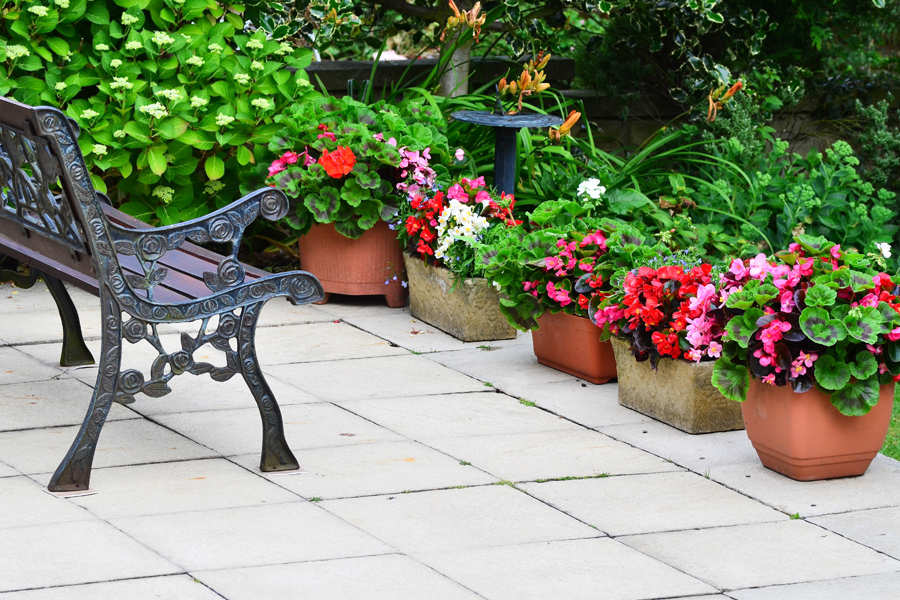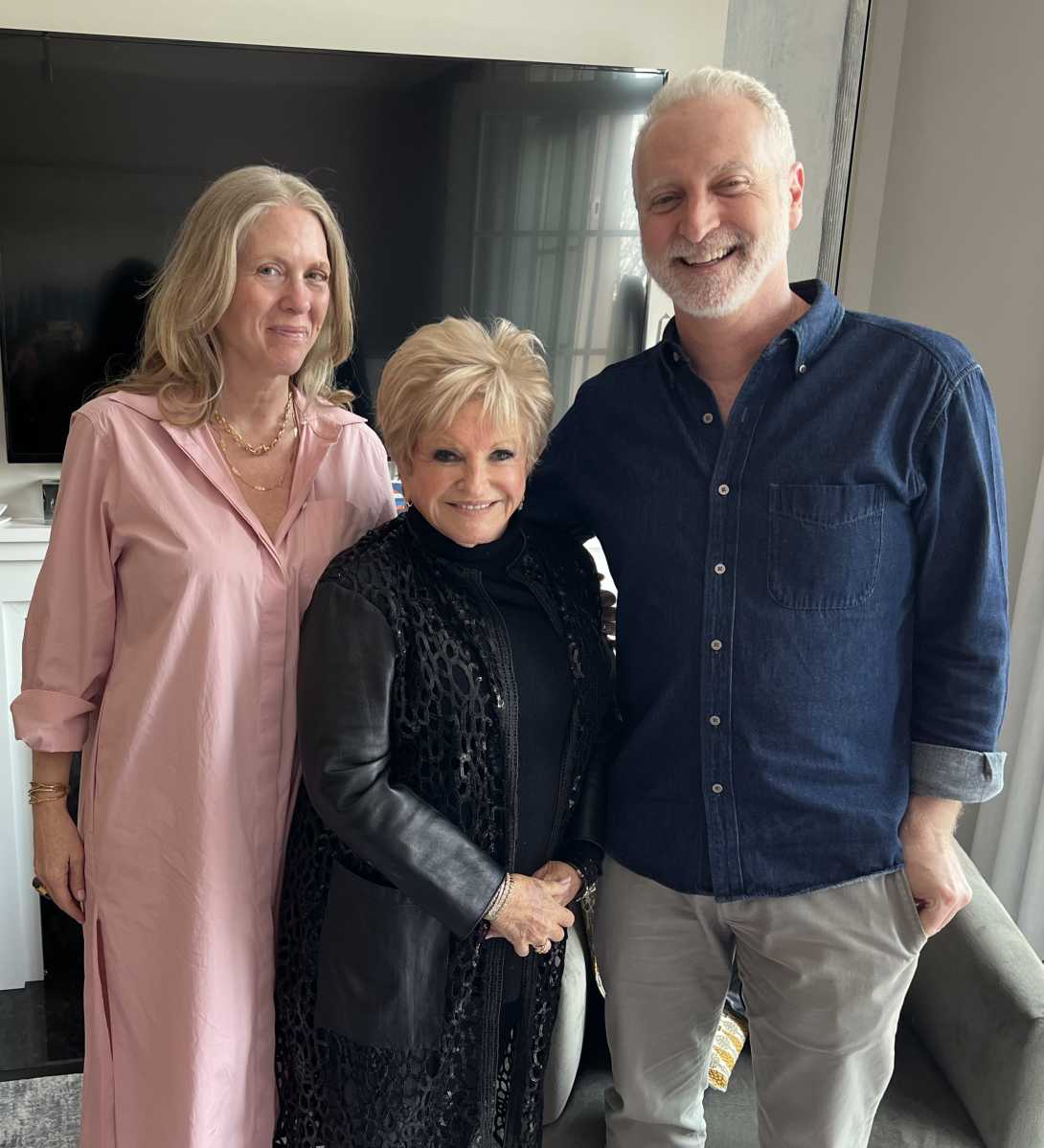View from the Garden: How to Properly Plant Flower Pots

There is a style of pots that I do not like. They overflow with multiple plants, some maybe even flowing to the ground. They are usually planted with a tall feature and “fillers and spillers.” I feel they need a lot of careful and knowledgeable pruning to keep them from looking sloppy. If you like these kinds of pots, it’s okay with me. I, however, am not good at planting them.
One of my clients had her pots planted in just this way. There are so many plants in the pots that they are beginning to rot inside the pot and on the bottoms of the spillers. Even dew can cause rot at the base of the plants. Sometimes a plant will become so affected by decay that it must be removed.
This is my method of maintaining these pots: With each cleaning, I dive inside the plants and remove any decayed material and, if necessary, cut back the plant to create space for air. Many plants, when cut back like this, will produce new growth from the bottom, allowing you to remove older growth later. Don’t be afraid to reach into the pot and thin out that overgrown plant or cut back the tall ones. Do your pruning with the overall shape of the plant material in mind.
Spillers can be pruned to keep them from getting thready and from growing too long. This will also cause them to become denser, creating new growth and freshening the pot. When it becomes too dense, larger pieces can be removed to keep it shapely.
Sometimes it just becomes necessary to re-do the pot. This is especially true with those hanging baskets that were so beautiful when you bought them, but are now looking tired. Our garden centers have new baskets! So throw those old ones onto the compost pile. Garden centers also have replacement plants for your pots.
I like to plant pots with one large plant, and perhaps a smaller one to accent it—I like to pair red and orange plants, and pink and orange together. Alternatively, plant enough plants of the same variety to fill the pot.
A few of my favorites: Pink dipladenia with pink/orange lantana; Red dipladenia with purple verbena; Lavender with gravel soil dressing; Russelia; Knock-out roses with lantana; Pennisetum Fireworks and other decorative grasses; Sedum sieboldii; Agave; Hibiscus; and Caladium.
Several of these need little or no maintenance and are drought resistant.
When choosing plants, I also consider the pot, its shape and size. I love to plant pots that are intrinsically beautiful. The plant and pot should each make the other more beautiful.
This year I planted some wonderfully shaped green pots with Nishiki willows in a cluster of greenish/mustard colored pots that were planted with pink dipladenia. The green and mustard ones were the same tones, and the pink dipladenia accented the pink of the willow. I love when this happens!
Some other ideas:
A Russellia, St. Elmo’s Fire, with its hanging fronds tipped with dozens of small orange flowers and new fronds sticking up like cowlicks accented a very decorative Victorian urn. And some short, fat, lightly decorated terracotta pots got a planting of red caladiums specked with white and green base. This is a pot for a shady place on a patio.
I have a large decorative cement urn in my garden that was planted many years ago with sedum sieboldii. I rarely water it, and it stays in the pot throughout the year and looks amazing in summer.
It’s only mid-summer. Keep your pots fresh with replacements, and maybe try some experiments!



